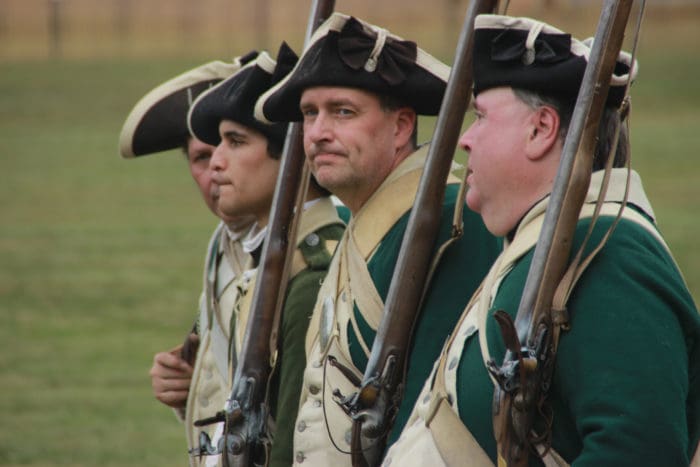UC-Berkely History Professor Brian DeLay is an expert witness states frequently have turned to recently to defend unconstitutional gun control laws in light of Bruen. This week The Duke Center for Firearms law published his article, ‘Bruen & The Myth of Continuity in American Gun Culture.’ In it, he pulls a trick I’ve seen regularly from state defendants and their experts. It goes like this . . .
While they insist that they should be able to use historical analogue laws up through the late 19th century (with some even citing early 20th century laws) as historical justification for their gun control laws, when it comes to firearms technology, they only want to talk about the founding era so they can claim the advancements in guns in the nineteenth and twentieth centuries couldn’t be anticipated.
It’s true that the earliest repeating arms were rare, and most people of the founding era never used one. But that changed within less than a single lifetime. By the 1850s, revolvers were proliferating, and in the 1860s, repeating rifles came onto the scene and were the prevailing civilian small arm by the end of the century.
Yet not one state banned them.
If we’re going to look at reconstruction era analogues for gun regulation, then we should also consider that era for its firearm technology. The arguments DeLay makes in this article completely fall apart in that context.
To be fair, in the longer law review article he links to, he talks about nineteench century advancements, but only to downplay them and claim something like a revolver or Winchester rifle was still much slower to reload than a modern semiautomatic firearm. Sure, that’s true, but they were gigantic jumps in individual firepower over the single-shot firearms that came before, yet they weren’t banned.
His longer scholarly article argues that in the first ten years after Henry/Winchester lever action rifles were created, only around 10,000 were in circulation in the United States. Even if that’s true, so what? DeLay doesn’t contest that they became popular soon after, and again…they were not banned.
DeLay also doesn’t even try to argue revolvers weren’t popular in the 1860s, because they were.
Nothing proves that gun rights advocates are correct about the historical tradition more than the nineteenth century. DeLay and other historians try to silo the founding era and pretend the founders would have passed more gun control laws had they been faced with our circumstances. But their children and grandchildren in generations to come did not do so, even as firearms technology became much closer to what it is today.
As my historical sources thread proves, they wrote extensively, too, and largely opposed anything other than concealed carry laws.
DeLay’s longer article also weirdly sets the ammunition capacity limit for historical comparisons at 10, apparently because that’s what some states do today. But firearms going from single-shot to five or six rounds in a revolver — or much more in a rifle — are the relevant comparison.
They aren’t invalid just because their capacity was under 10 (some repeating rifles held more than 10 rounds, of course). The point is, capacities increased greatly from their single-shot origins, but once again, there was no movement to restrict them until the 1920s.
DeLay also makes much of machine gun regulations of the 1920s and later, some of which ensnared semiautomatic firearms and magazines over ten rounds in a minority of states. But he omits the fact that almost all of these laws were repealed by the 1950s insofar as they applied to semiautos and “high capacity” magazines. They were short-lived and constitute no historical tradition.
DeLay even throws some shade at Clayton Cramer (and, in his longer argument, David Kopel) for supposedly inventing a false narrative. That’s funny, considering Cramer is the one that exposed Michael Bellesiles’s fraud. If he hadn’t, historians like DeLay might still be citing it in their justifications for gun control laws today.
They accuse us of filling in historical gaps with assumptions, but that’s a textbook case of projection. Sure, there may be some ambiguity if you look solely at the founding era, but that ambiguity vanishes when looking at the nineteenth century.
Konstadinos Moros is an Associate Attorney with Michel & Associates, a law firm in Long Beach that regularly represents the California Rifle & Pistol Association (CRPA) in its litigation efforts to restore the Second Amendment in California. You can find him on his Twitter handle @MorosKostas. To donate to CRPA or become a member, visit https://crpa.org/.
